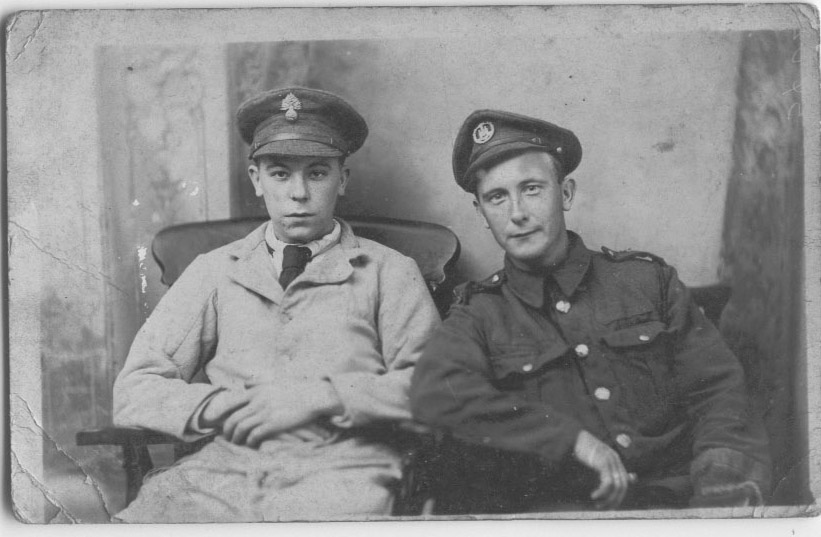T. H. Wellings
Service no. 29546
Private, Queen’s Own (Royal West Kent Regiment), 1st Battalion
Born in Lambeth; enlisted in Camberwell
Died of wounds on 1 October 1918, aged 19
Remembered at Grevillers British Cemetery, Pas de Calais, France
Brother of Alfred George Wellings
Information from the 1911 census and British Army WWI Service Records 1914-1920
In 1903, Thomas Henry Wellings , who was born on 20 May 1899, was enrolled in Walnut Tree Walk school. At the time his family lived at 8 St Olave’s House, a block of social housing in Walnut Tree Walk.
Pension records show that on 20 July 1915 he enlisted in the 21st Battalion of the London Regiment. Thomas gave his age as 19 and two months but he was only 16 and was discharged. The Army was impressed with his good military character. ‘Could have made a good soldier if of the required military age,’ was written in his file.
Wellings’s discharge papers describe him as having a fresh complexion, grey eyes, light brown hair; he was 5ft 6in, with a 36in chest, and under 8st. His physical development was judged to be ‘Fair’. He gave his address as 2 Thorncroft Street, a few streets away from Camellia Street. He must have re-enlisted later.
In 1911 Thomas Wellings, aged 12, lived at 35 Camellia Street, South Lambeth with his widowed 43-year-old mother Elizabeth Martha (née McGoun), who worked as a cardboard box maker in a factory. Another son, George Wellings, 9, also lived there. The family had two rooms. Mrs. Wellings, who had two other children living elsewhere, was from Blackfriars. She did not give place of birth for her sons.
Wellings must have enlisted again when he was able or compelled.

